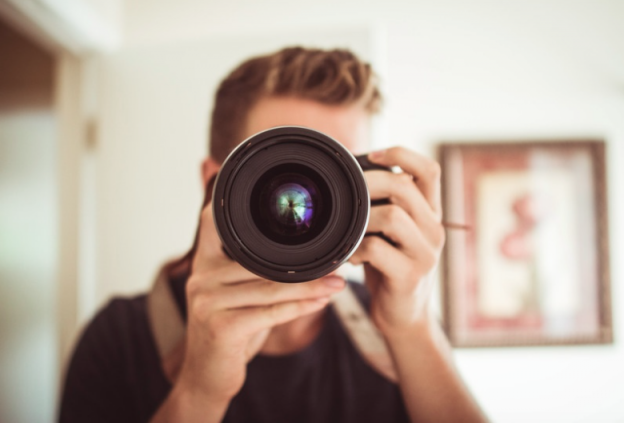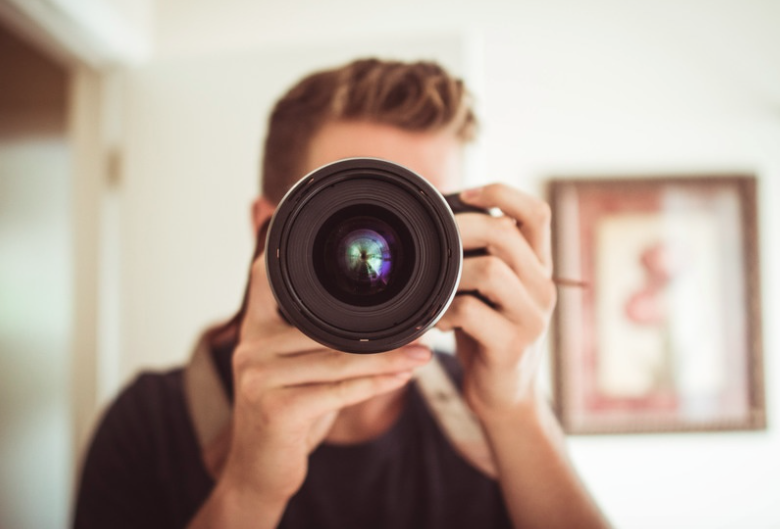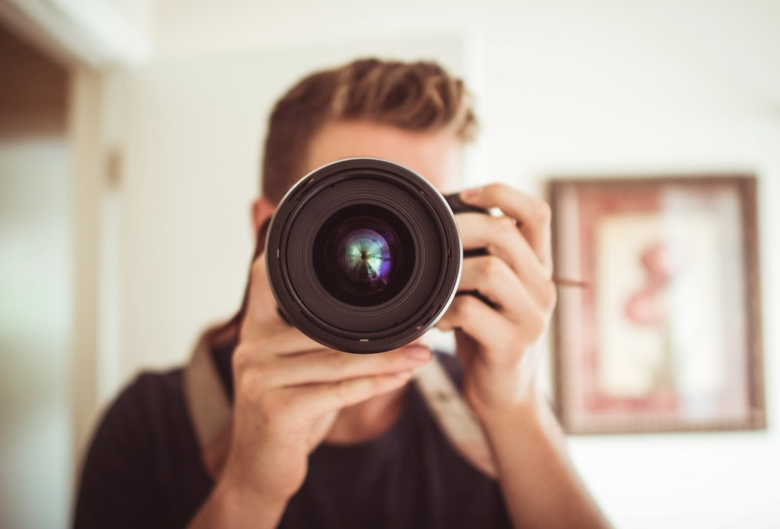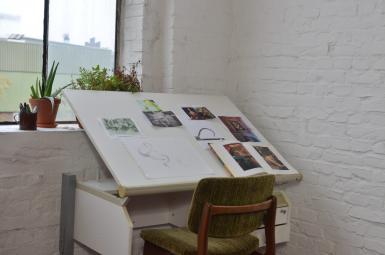
How To Avoid Flash Photography Mistakes

If you’re a novice when it comes to photography, then you’ll understand that mastering your camera’s flash can be harder than you think. Just like any intentional lighting set up, you’ll find that even when you’re experimenting with various light sources it can result in blurry images, flashbacks and worst of all, annoying red eye.
Although these mistakes ruin most canvas prints, they are very easy to avoid if you have the know-how. Here at Parrot Print, we’ve put together the classic flash photography mistakes most photographers make and how you can overcome them.
Not Using Your Flash
One of the biggest mistakes that photographers make is not using their cameras flash. We know that in many cases it’s because photographers are unaware of the advantages that a flash can bring. Even when there’s enough light you should always use a flash, as it fills in deep shadows. Your flash will also help you to balance the exposure of your subject with the background.
Using Your Flash With Subjects In The Distance
This is a very common problem for photographers who keep their cameras on the automatic settings. You’ll understand what we’re talking about if you've taken photos at a stadium event or gig, where the crowd seems to sparkle as there are loads of flashes going off. Instead of using your flash you should increase the sensitivity setting, as this will help you to focus on the main subject.
Red Eye
We’re sure you’ll all agree with us that red eye is an annoying aspect in any photograph, and is a common mistake many photographers make. It’s caused by light entering the subject’s eye and bouncing back from the retina into the lens. Most cameras these days offer a redeye reduction mode that works by using a pre-flash that causes the pupil to close down before the main flash and exposure – some serious technical stuff! This can work, however it doesn’t cure the problem completely. The solution? Simply position the flash further away from the lens, so that the light doesn’t bounce straight back down the barrel.
Ruining The Atmosphere
While it’s common sense to use your flash to illuminate dark shadows it can actually ruin the atmosphere surrounding a low-light scene. You may find it’s better to turn off the flash and extend the shutter speed or put your camera on a tripod and increase the sensitivity to produce a more natural looking photo. To assist you further, check out our low lighting photography tips.
Harsh Highlights
Have you ever noticed that flashes can produce harsh highlights that cause shiny foreheads and oily-looking noses? This is a mistake you definitely don’t want to make if you’re a fashion photographer. This solution is simple - diffuse the light from the flash. If you don’t have the funds to invest in an expensive diffuser, then check out our tips on how you can create lighting props with materials you have in your home.
Blurred Subjects
A flash is very brief and is usually fired at the beginning of the camera’s exposure. If your subject is moving this could result in a blurry image of your subject and a clear image of the background. If this is the kind of canvas prints you’re trying to create, then forget we’ve mentioned that it’s a mistake. If not, switch your flash to the second curtain flash as this triggers the flash to fire at the end of your exposure fixing the blurry issue you’ve been having.
Have you made any of these mistakes before? Do you know a common mistake that we’ve missed? Please share your thoughts with us on Facebook and Twitter









